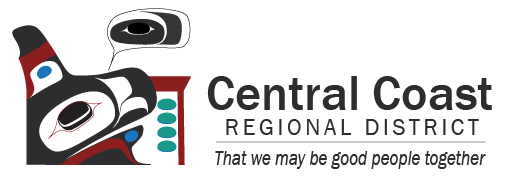The Bella Coola Airport Master Plan is the guiding document for long term operations of the Bella Coola Airport. For continued,long-term success at the Bella Coola Airport, the CCRD stated the following objectives to be integral to the Master Plan.
Aircraft Safety
The safety of air craft operations is paramount. Transport Canada standards and the Bella Coola Airport Operations Manual (ADM) are key references for facility development.
Airport Capacity
Increases in air craft movements, passengers, and freight will determine the requirement for the expansion of facilities such as aprons/taxiways, terminals, support facilities, vehicle parking, ground access, and other associated infrastructure.
Forecast Demand
There are no official aviation forecasts; therefore, a well-defined forecasting methodology identifies current drivers and aviation demands. The forecasts provide future projections for passenger growth, which, in turn, determine terminal, airside, and landside infrastructure sizing and the suitability of existing aircraft for the Bella Coola Airport.
Regional Planning
The Master Plan is, in principle, a guiding document that will assist the CCRD in making investment decisions over the plan period. The planning philosophy projects the aviation needs of the region for the long term. The development of the Bella Coola Airport should be consistent with regional development, which requires taking impacts of air transport growth to the community into account. Factors like aircraft noise, airspace protection, and the hazards of aircraft operations are essential to the plan to ensure that the airport meets the region's air service expectations. The Master Plan also identifies the required lands for practical development during the master planning period.
Comparable Aerodrome Rates and Charges Review
A comparison of current rates and charges issued by other comparable local and regional aerodromes allows the CCRD to review its current rate structure in order to better capitalize on revenue potential (First Nation contribution agreement). The final recommendations will provide analysis with respect to the delivery of aerodrome services.
Groundside Activities
The plan identifies potential land uses and alternate sources of revenue for the airport. Opportunities and trends prompted by the stakeholders' consultation assisted the team in determining both aviation and non-aviation land uses.
Land Uses
Aviation (requiring airfield access) and non-aviation land uses (not requiring airfield access).
